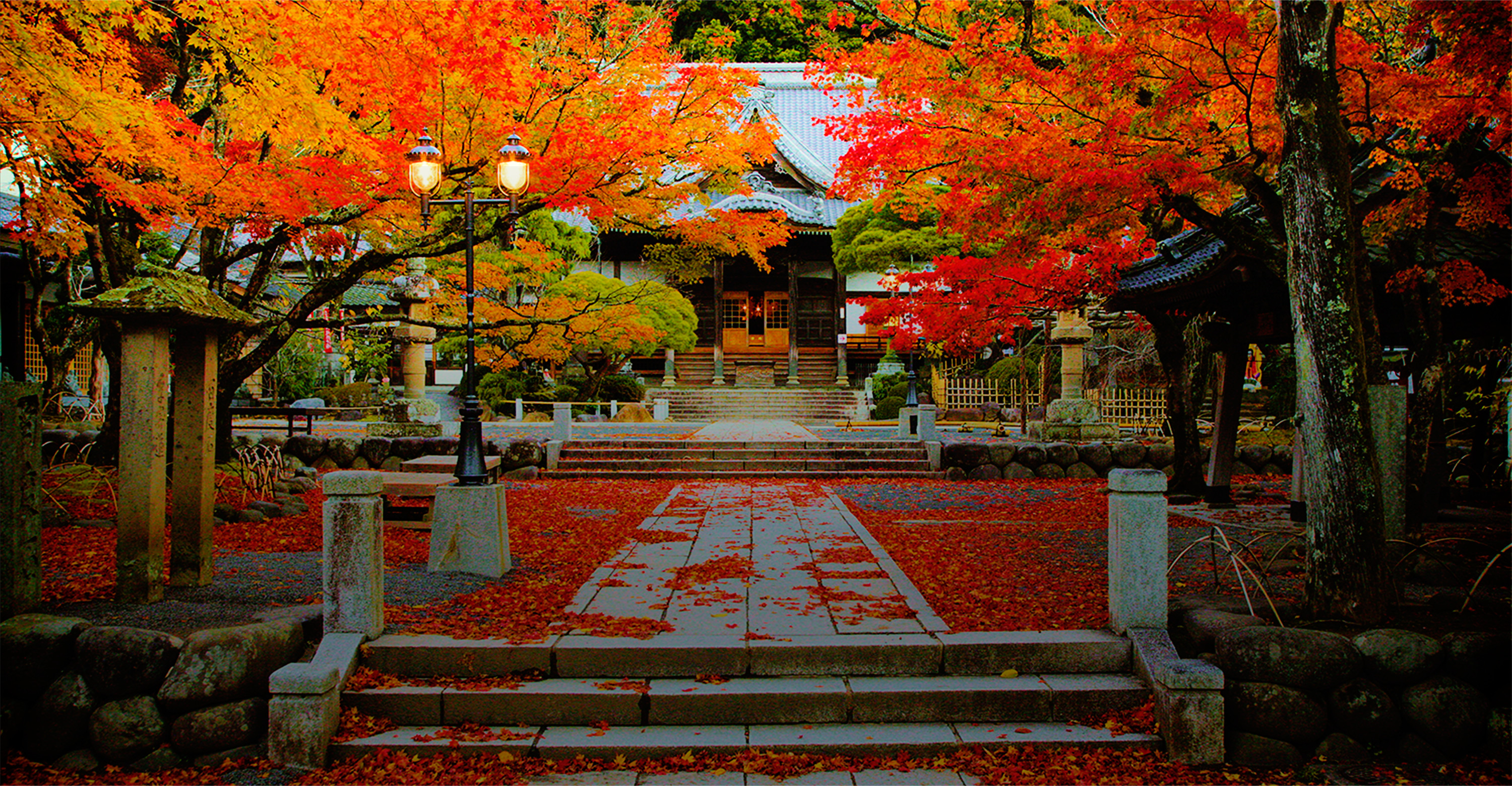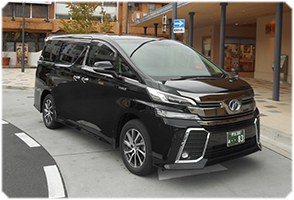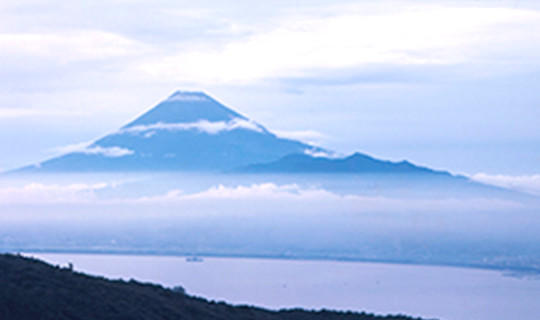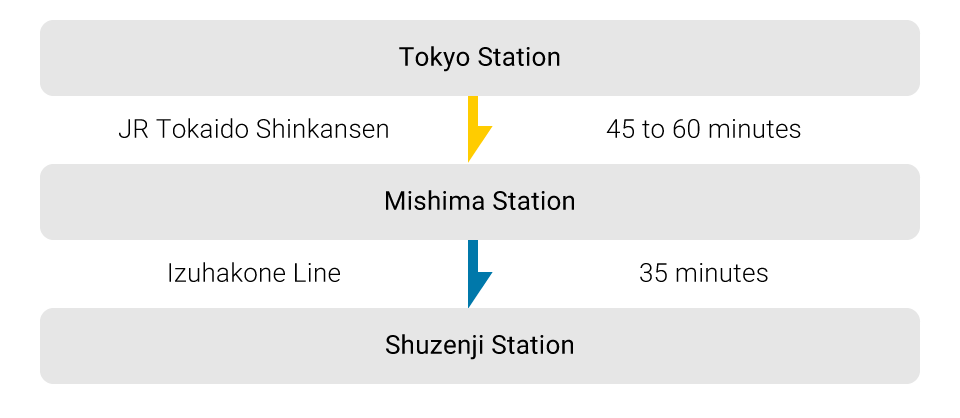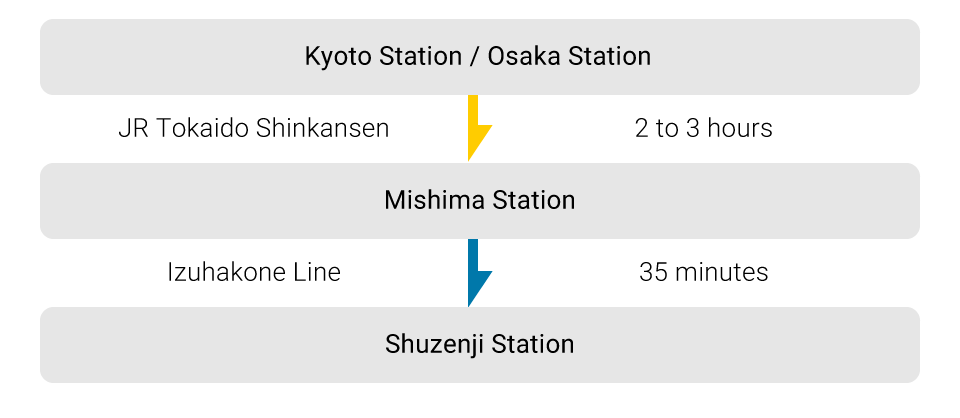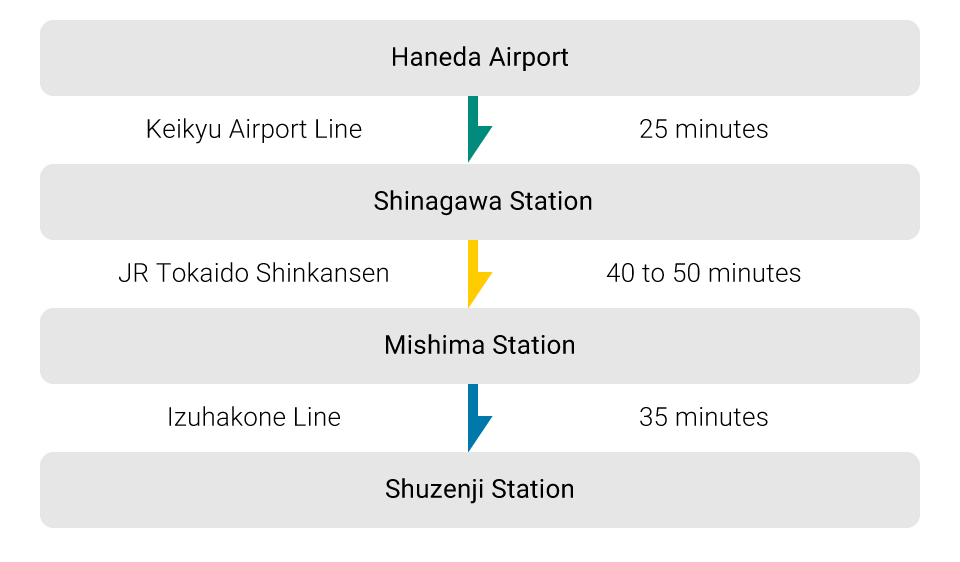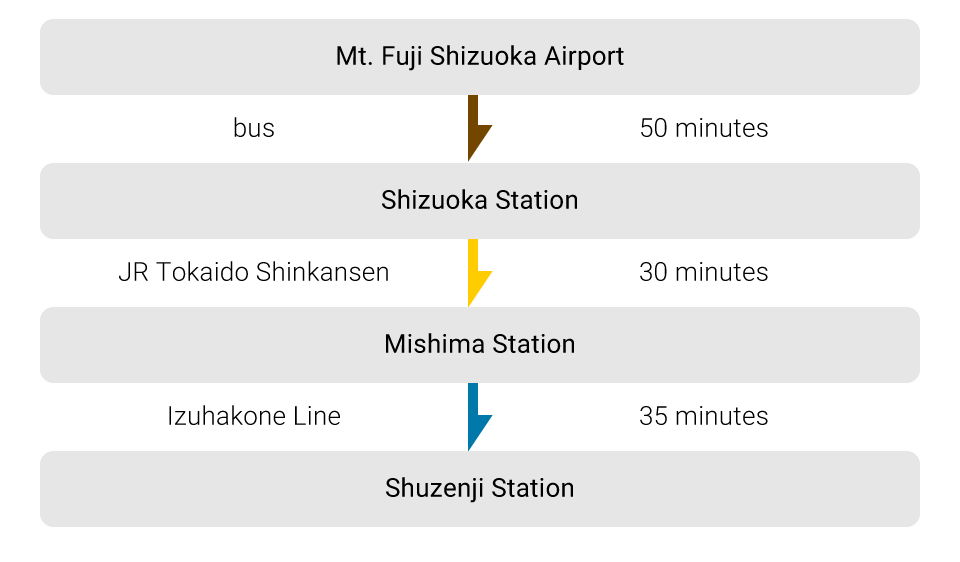Best Places in Shuzenji
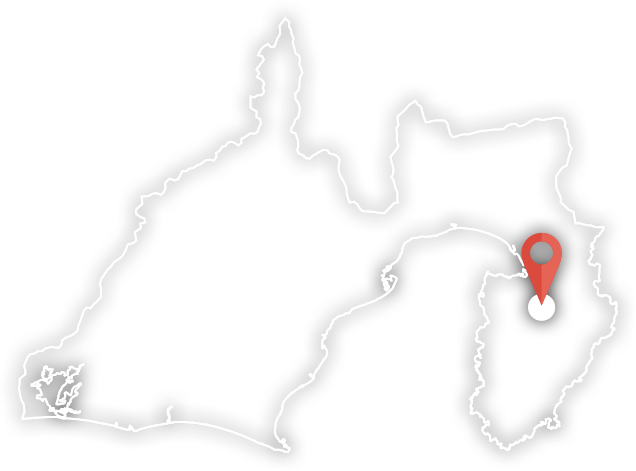
The Shuzenji Area includes many hot springs, Japanese-style guest houses, and wonderful tourist spots. An internationally famous French travel guide gave two stars to Shuzenji Temple, Shigetsu-den, and the Izu Chikurin-no-Komichi (Chikurin no Komichi Walk). And although the view of Mt. Fuji from Darumayama is not well known, it was highly praised when it was featured on a large photo panel at the 1939 New York International Exposition. The prominent Japanese-style painter, Yokoyama Taikan (1868-1958) loved to paint Mt. Fuji and said the form of Mt. Fuji was best when viewed from Darumayama. He exhibited many superb paintings of Mt. Fuji.
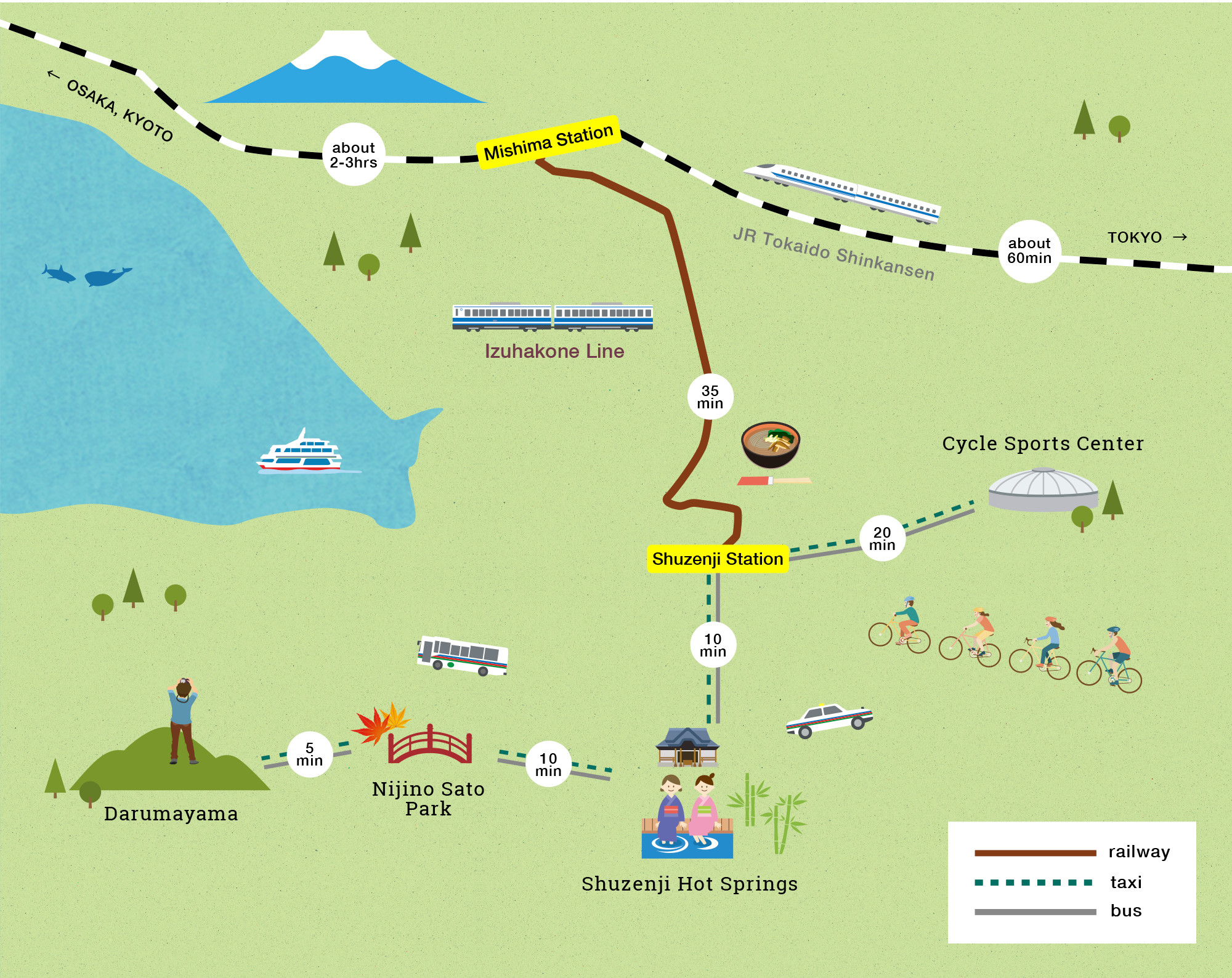
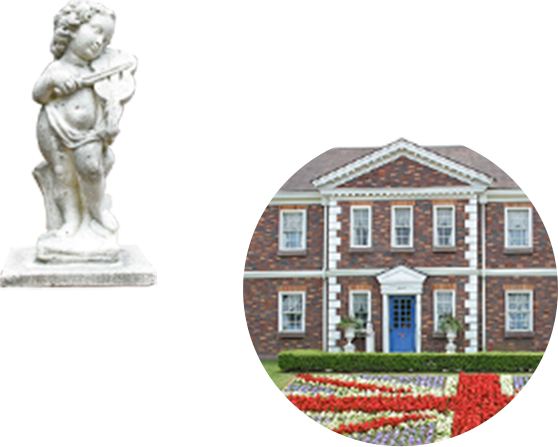
What’s Special About the
Shuzenji Area
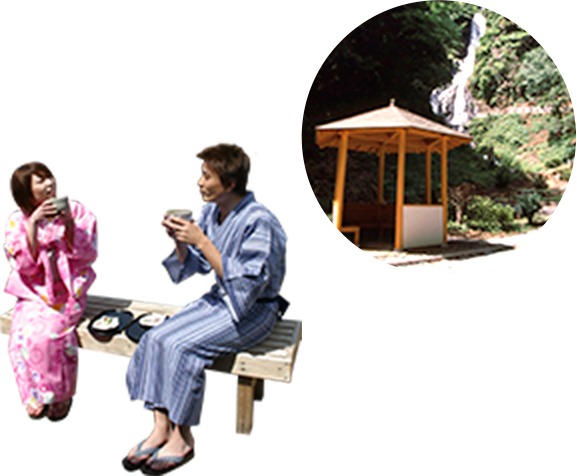
-

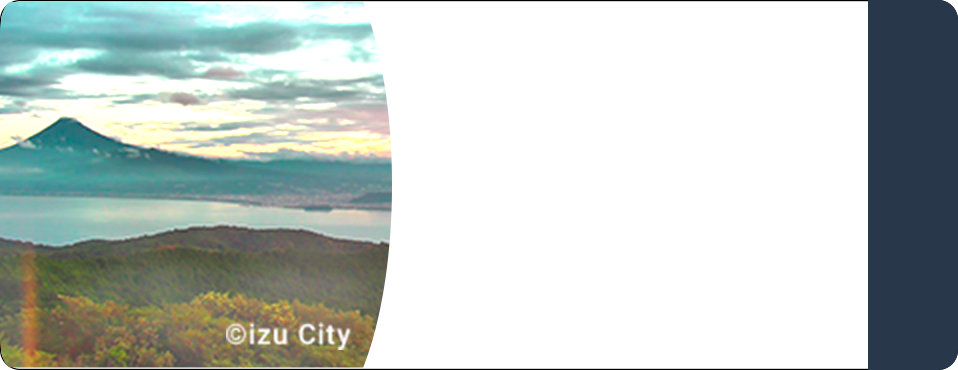
Darumayama
-
At the 1939 International Exposition in New York, the Japanese government chose to exhibit a 8.2 m high, 32.7 m wide photograph taken from Darumayama. The view of Mt Fuji across the bay was an instant success and has become famous as a Japanese landscape. From Darumayama, you can see Fuji, the highest mountain in Japan, together with the Suruga Bay, the deepest bay in Japan.
Access
Darumayama is only about 25 minutes by bus or taxi from the Shuzenji Station on the Izuhakone Railway. Buses are infrequent. Go here for a round-trip luxury taxi ride that may save you some money. You can make inquiries at the Tourist Information Center in the Shuzenji Station in English or Korean.
-
-

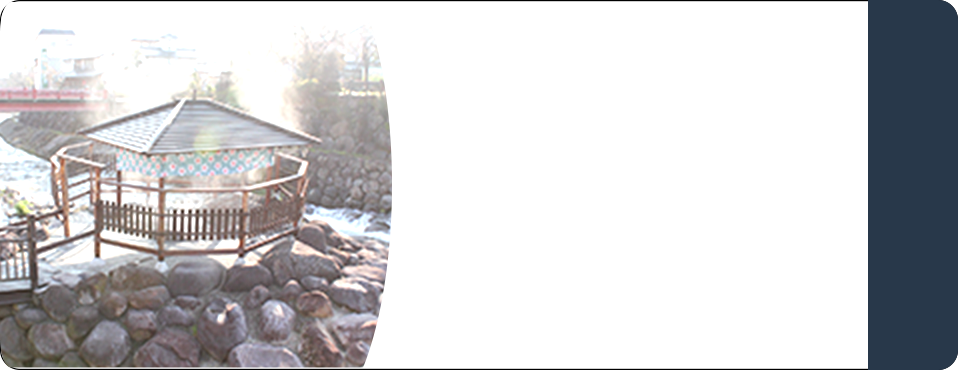
Shuzenji Hot
Springs-
A famous guide book gave the town of Shuzenji two stars. In the center is the Tokko no yu onsen, the oldest hot springs in all of Izu. It is said that Kōbō Daishi (Kukai) discovered a young boy washing his father’s ailing body in the Katsuragawa River when he visited here in 807. In legend it is said that Kukai was overtaken with the devotion of the son to his father. He took a Buddhist implement called a Dokkosho and struck a rock in the river saying, “the waters of the river must have been cold,” and from that spot a miraculous hot spring emerged. Anyone can enjoy for free the incredible hot springs that gush from the clear stream. The town of Shuzenji has the feel of an ancient city. The Shuzen-ji(Temple), Chikurin no Komichi Walk, and Shigetsu-den are all within walking distance.
Access
The town is less than 10 minutes by bus or taxi from the Shuzenji Station on the Izuhakone Railway. Two or three buses run every hour. You can make inquiries at the Tourist Information Center in the Shuzenji Station in English or Korean.
-
-

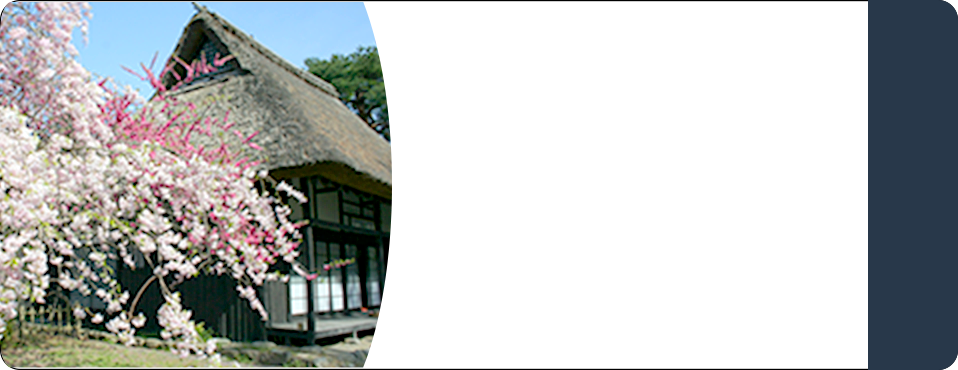
Nijino Sato
Park-
Go through the British Village at the entrance and you’ll find a Japanese garden, the Izu Village, and the Takumi (artisan) Village spread across a wide area. Here you can see Japanese flowers and enjoy the colors of the autumn maple tree forest. In addition, you can experience Japanese culture through pottery and Japanese paper production.
Access
The Nijino Sato is only about 15 minutes by bus or taxi from the Shuzenji Station on the Izuhakone Railway. Buses are infrequent. You can make inquiries at the Tourist Information Center in the Shuzenji Station in English or Korean.
-
-


Cycling mecca
-
Shuzenji is also a cycling mecca that includes the Cycle Sports Center (CSC) with the Izu Velodrome that was previously used for the world cycling championships. The CSC has an extensive road course where you can borrow a bicycle to enjoy a ride without bringing your own bicycle. The cycling roads in Shuzenji also include a flat course that runs along the Kano River and a steep course to the top of Darumayama.
-
-


Specialty of the
Shuzenji area-
The Shiitake Mushroom Buckwheat Noodles served at the IZU-La Shuzenji kiosk at Shuzenji Station is also very popular. It is just one of the items that generously use Shiitake mushrooms, which are a specialty of the Shuzenji area. If you want to enjoy a chewier version, try the Zaru-soba (chilled buckwheat noodles). The firmer noodles are a great match for the wasabi that is another specialty of the area. Anyone that visits this area will also want to try the famous box lunch of Shuzenji called Takeshino Aji (Japanese horse mackerel) Sushi. These box lunches are made individually every morning and are bound to sell out. Why not try one of Japan’s Ekiben (railway boxed meals) while you sway with the train on your ride.
-
Access to Shuzenji
▶From the JR Tokyo Station
▶From the JR Kyoto or Osaka Station
▶From Haneda Airport
▶From Mt. Fuji Shizuoka Airport
*You can use the Japan Rail Pass only for JR trains.



